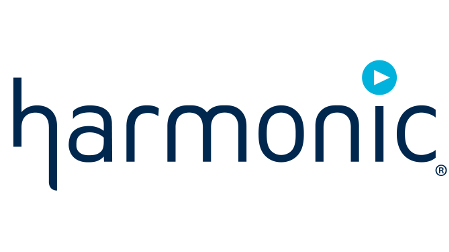Harmonic To Unveil Single Illumination System For Satellite Distribution At IBC2022
The solution cuts costs by 50% when compared to the double satellite illumination method

SAN JOSE, Calif.—Harmonic will introduce a Single Illumination System (SIS) for satellite distribution to ensure greater interoperability and cost savings for broadcast operators with digital terrestrial television (DTT) and direct-to-home (DTH) services during IBC2022, Sept. 9-12, at the RAI Amsterdam Convention Centre.
The new system cuts multiplex distribution costs in about half when compared with the double satellite illumination method and enables broadcast operators to deliver regional channels with greater efficiency, the company said.
"Our new SIS solution optimizes DTT and DTH distribution over satellite and offers a one-stop-shop solution for DVB-SIS, including transmission and reception," said Stephane Cloirec, vice president of video appliance products at Harmonic. "Our software solution provides operators a flexible, scalable and cost-effective approach for increasing viewer engagement by including regional channels in DTT offerings."
The company’s DVB-SIS solution is available as a software license on the ProStream X Video Stream Processor and the XOS Edge Advanced Media Processor. To move to the DVB-SIS solution simply requires activating the software at the headend and transmitter site, it said.
With Harmonic's DVB-SIS offering, operators can individually tune the bandwidth of regional channels, improving distribution efficiency and flexibility.
Harmonic is scheduling one-on-one meetings at IBC 2022 with those who are interested in the new solution via a special page on its website.
See Harmonic at IBC 2022 Stand 1.B20.
More information is available on the company’s website.
Get the TV Tech Newsletter
The professional video industry's #1 source for news, trends and product and tech information. Sign up below.
Phil Kurz is a contributing editor to TV Tech. He has written about TV and video technology for more than 30 years and served as editor of three leading industry magazines. He earned a Bachelor of Journalism and a Master’s Degree in Journalism from the University of Missouri-Columbia School of Journalism.

